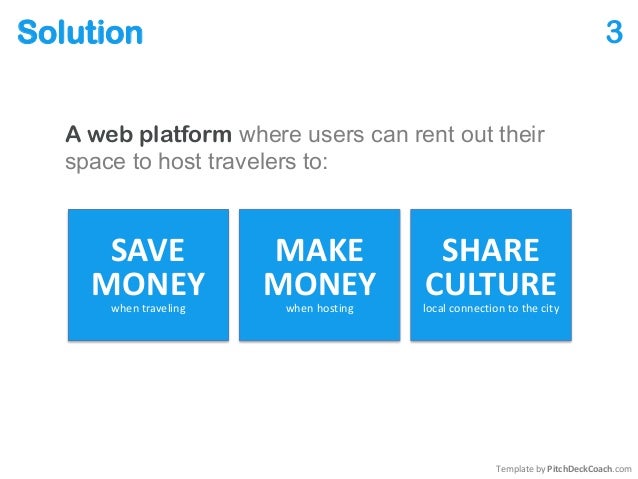Denouement
Make your would-be investors feel your users’ pain
October 1, 2018
Here are the two most important things that I think are often missing from pitch decks:
- Identifying the friction that people in your company's market are experiencing
- Making the recipients of your pitch deck feel that friction
The more they feel and empathize with that friction, the greater the payoff when you articulate your product/solution. This is very much like dramatic structure in fiction: The more you empathize with whatever it is the characters are struggling with, the greater the payoff when it's resolved. Similarly, the greater the payoff when you articulate your product/solution, the more likely you are to achieve the objective for your pitch deck.
 Freytag's Pyramid for Dramatic Structure
Freytag's Pyramid for Dramatic Structure
That friction experienced by your users is not necessarily and probably not often something that the investor experiences personally. That’s not inherently a bad thing. The less the investor is already familiar with that friction, the more excited they'll get because not only are (good) investors are naturally curious people who love learning new things about the world, but also because obscure friction means that fewer investors are looking for something like this company, hence they can get a better price.
AirBnB a good example of a product that reduces friction for an enormous market. Look at how well the first AirBnB deck creates that friction from the get-go and helps you to empathize with the friction experience by people in their target market:
 Slide 2: Tension
Slide 2: Tension
 Slide 3: Resolution
Slide 3: Resolution
The very first slide (beyond the title slide) creates tension — "concern" about price, "disconnection" suffered in hotels — and the next conveys resolution — "save money", "make money", "share culture". The actual product is almost entirely opaque until the sixth slide.
Also note how the friction cited by Airbnb is not the mere absence of their product (i.e., people are suffering from not being able to rent out other people’s homes). Citing the absence of your product would be tautological and does nothing to create the tension you aim to relieve as you describe why this is a problem worth investing in, and why your team and product comprises a compelling attempt to solve that problem. There are perhaps hundreds of other solutions to the concern about price when traveling and disconnection suffered in hotels, of which the actual Airbnb product is just one.
If you’re struggling to identify the higher level friction that your problem addresses, consider framing it in terms of scarcity and abundance: What is scarce in the world that your product makes abundant? The Job to Be Done framework is also very helpful to this end.
The denouement resulting from the tension-resolution pair is the most important thing that's often absent from decks that I haven't seen covered in other blog posts. Every other piece of advice I have has been covered, but for what it's worth, here's the very simple outline I tend to recommend:
- Title (hints at the space you're company is in)
- Problem (creates tension)
- Vision (resolves tension)
- Solution (fleshes out the vision)
- Supporting Data/Team (backs up the solution)
- Raise (what you’re looking to accomplish with the money)
The denouement of your pitch begins somewhere in those third or fourth slides and continues through the remainder of the deck, as you reinforce why this feeling of resolution should be trusted enough to invest money and time in. While "denouement" feels a bit, well, dramatic of a term for a pitch deck, I think it's perhaps the most important thing that's oft-overlooked.
